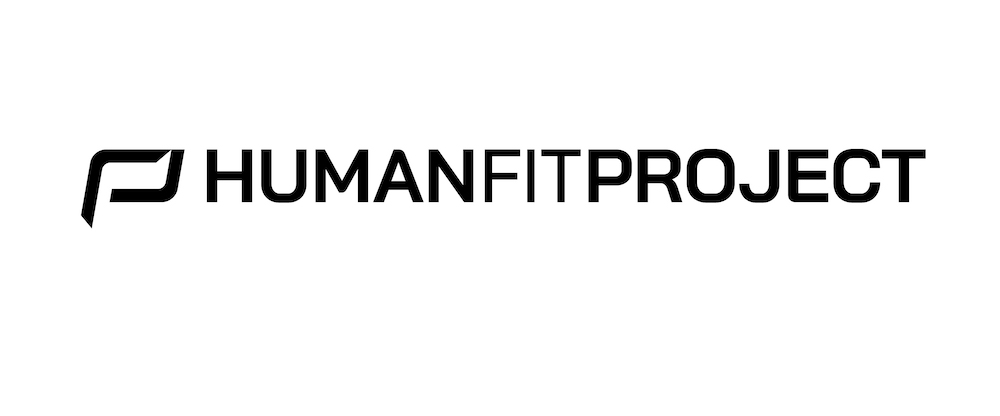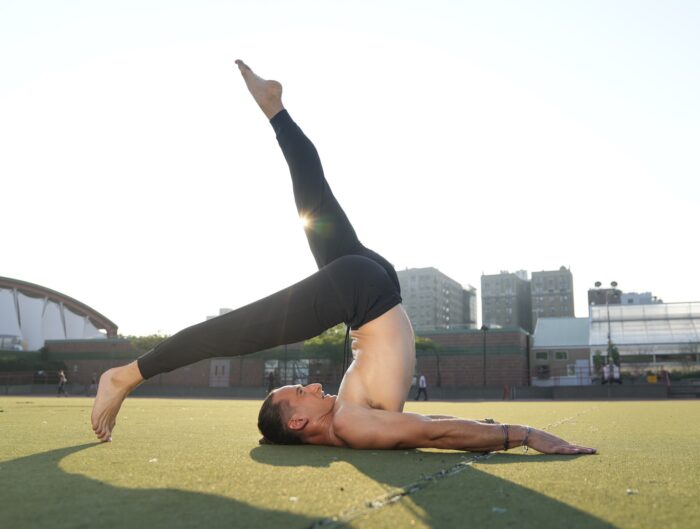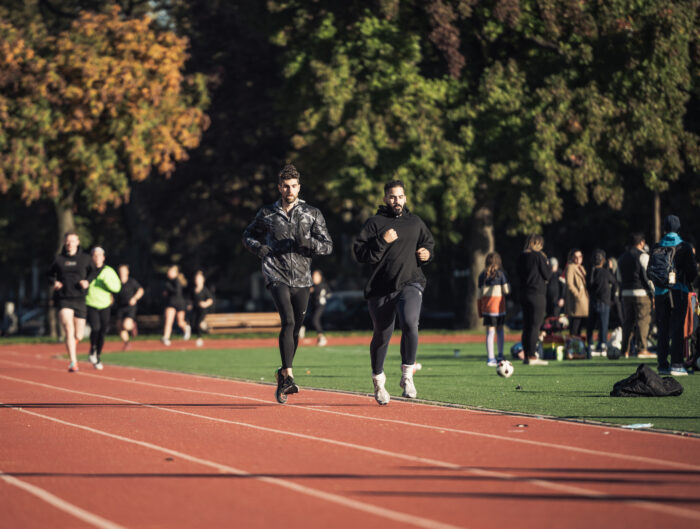If you’ve ever been to the gym, you’ve probably seen that person who is throwing around heavy weights but for some reason doesn’t seem very fit and not in very good shape. As you begin to hear them talk with their friends, you overhear them say that they are in a “bulking stage”. But what exactly is this “bulking” and is there really any benefit to it?
The theory of bulking – or consuming an excessive amount of calories in order to gain mass – has been in the bodybuilding and fitness world since the beginning and has even spread to recreational gym-goers. Although there are many different philosophies and strategies of training that are adopted by nearly everyone in the gym, what works for one person may not necessarily work for you. This bulking theory though has been proven multiple times to not be effective – as our body does not convert fat to muscle – but it still seems as though we are able to find someone attempting to prove it wrong. Bulking in a general sense has been to increase your body mass during a particular season in order to gain muscle, but using this excuse to eat whatever you want, isn’t a very legitimate one because building that lean muscle isn’t as simple as some make it out to be. In fact, those who go forward with the traditional “bulking” are really just adding in extra steps they need to take when they want to begin to lean out to get their muscle to show. Wouldn’t it be nice, and more effective, to cut out some of that process and be “beach ready” – or close to it – throughout the entire year?
Clean bulking takes a lot of work, tracking and finding out what combinations really work for you. To get the best “bulk” you want to continue to challenge your body to improve and to increase muscle size – or bulk – you need to push your body to a point where you break down your current muscle in order for it to repair itself to take on even more of a challenge. To do this, let’s take a look at what must happen to a muscle in order to stimulate that healthy, lean bulk.
While Working Out…
Every time you exercise, you are breaking down your body, and it needs to repair itself. When you break it down properly, you challenge those muscles to grow. Skeletal muscles – the muscles that you see – have two basic functions, to move your skeleton and to provide stability. These muscles are adaptive to regular workloads and when those normal workloads are exceeded, they quickly begin to adapt. As this progressive overload is applied, these muscles will adapt by increasing in size and in the amount of contractile proteins that eventually lead to an increased size of individual muscle fibers. These increased individual muscle fibers compensate the force needed to be produced to overcome the challenge they were put in. This increased size should not be confused with more fibers being created or lengthened, but the existing fibers are increasing in diameter and size.
This growth happens within 48 hours after the micro-trauma to the muscle produced from exercise. There are many more factors to the physiology of why and how this growth occurs including hormones and types of protein, but the type of muscle that is effected is another important factor to consider. Our body contains two main types of muscles – Type I and Type II. Each type of these muscles have different purposes. Type I, or slow-twitch, fibers play the major role in our body’s posture and support. They are involved in more endurance style and activities that require a lower amount of force over an extended period of time. This type of muscle has been shown to increase in size at some degree during aerobic training and exercises. They can provide this force for longer periods of time and are trained during the higher repetition counts of resistance training.
Type IIa and IIb, also known as fast-twitch muscles have the ability to generate higher forces than Type I but for shorter amounts of time. In order for Type II muscle fibers to be recruited, it is necessary that the force needed to be applied must exceed the amount of force the Type I muscles are able to produce. Type I muscles must be recruited before Type II muscles will be recruited, but Type II muscles will not be used without the activation of Type I muscles. So as we train in aerobic and resistance exercises that require a high amount of force production, both Type I and Type II muscles are being activated, working together to overcome the force needed for the workload being applied.
After Working Out…
After the exercise session, the muscles should have faced a situation in which the body has determined it needs to adapt in order to make the next time more efficient. This is when the muscles will immediately begin the repair and rebuilding process and where we can begin to see the growth, stimulation of muscle and “bulk”. The amount of bulk we can gain however is determined by the amount of proper hormones and proteins available within the body and whether that progression continues to grow, or if it reaches a plateau in which the body will realize it doesn’t need to continue to increase the size of the muscle fibers for farther exercise. The extent of the repair also depends on the type of calories and nutrients that are available within the body.
The amount of protein and calories that should be consumes on a daily basis varies between every person. This caloric intake should also reflect on the amount and type of exercise being performed along with body type, body weight, gender and other factors. If there are too many excess or improper calories being consumed and not being used by the body for energy and repair, the body will store this energy for later use as fat.
As you can see, the art and physiology of muscle building does not include any conversion of fat into muscle. It is normally a goal that losing fat is one challenge while building muscle is another. They both have two different types of functions, fat to provide energy and muscle to stabilize and mobilize the body. Don’t make it harder on yourself by adding a layer of unused, stored energy that may take months to get rid of when you can have a defined look that can have you ready for the beach any time of the year.
Starter’s Guide: So You Want to Get Big?
RELATED:
9 Reasons You’re Not Building Any MuscleThe Biggest Muscle-Building Mistakes







